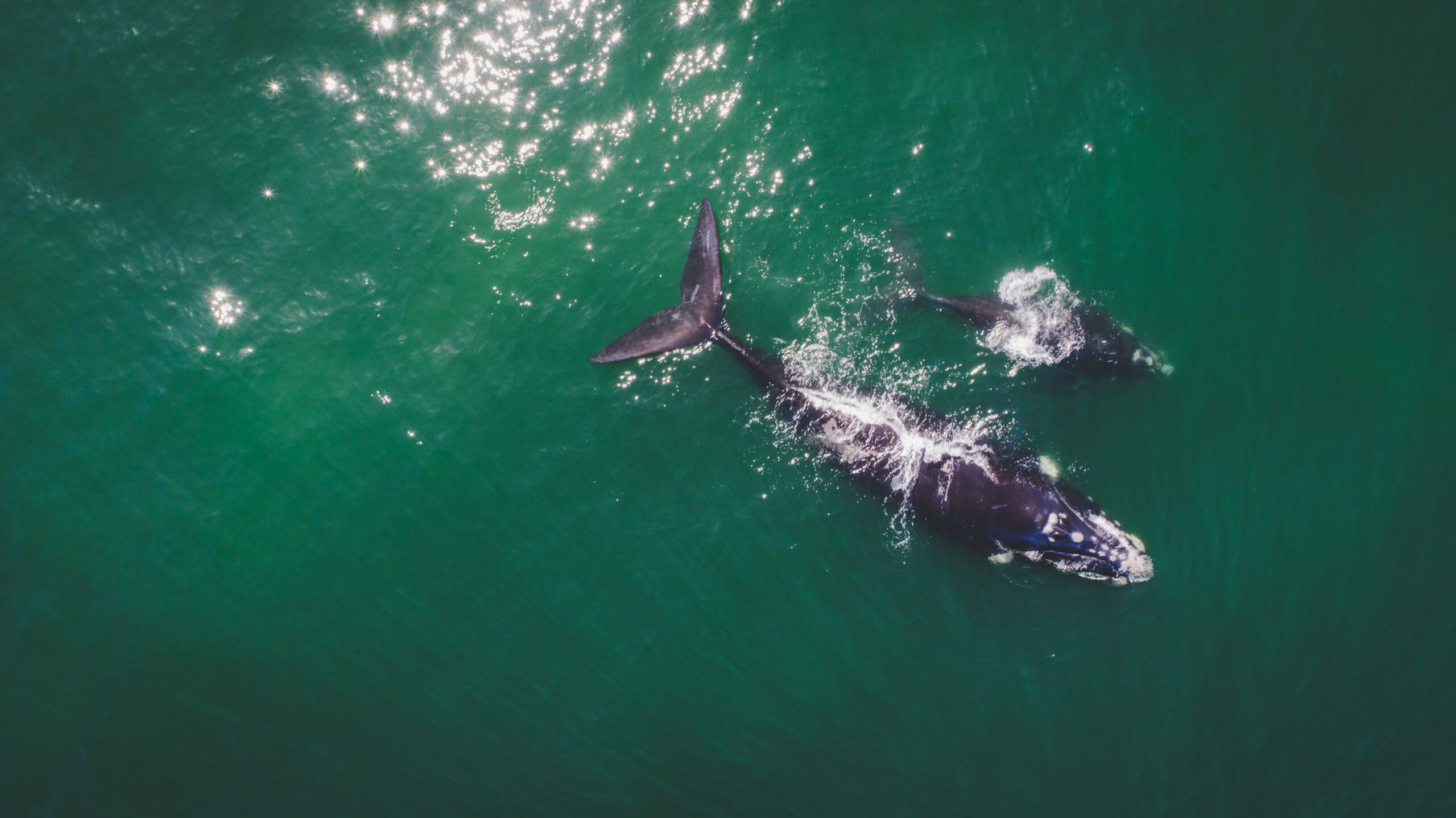New research published in Science Advances reveals that right whales can survive for more than 130 years — almost twice as long as previously understood. This made them the second-longest lived mammals on Earth, after bowhead whales which could live beyond two centuries.
The study examined four decades of data collected by photo identification programs tracking individual whales from two species: the Southern right whale, which lives in the oceans south of the equator, and the critically endangered North Atlantic right whale, found along the Atlantic coast of North America. Researchers used the data to construct survivorship curves — graphs that show the proportion of a population that survives to each age — similar to those used by insurance companies to calculate human life expectancies.
Analysis revealed that Southern right whales, once thought to live only 70 to 80 years, can exceed lifespans of 130 years, with some individuals possibly reaching 150 years. In contrast, the study found the average lifespan of the North Atlantic right whale is just 22 years, with very few individuals surviving past the age of 50.
According to University of Alaska Fairbanks associate professor Greg Breed, the stark contrast in lifespans between these two closely related species is primarily due to human impacts. Breed is the study’s lead author.
“North Atlantic whales have unusually short lifespans compared to other whales, but this isn’t because of intrinsic differences in biology, and they should live much longer,” he said. “They’re frequently tangled in fishing gear or struck by ships, and they suffer from starvation, potentially linked to environmental changes we don’t fully understand.”
“We didn’t know how to age baleen whales until 1955, which was the very end of industrial whaling,” Breed said. “By the time we figured it out, there weren’t many old whales left to study. So we just assumed they didn’t live that long.”
The impact of whaling
“Industrial whaling, which for most species ended only 60 years ago, would have required any individuals now aged over 100 years to have survived at least 40 years of intense whaling,” the paper said. “Any individual over 150 would have had to survive 90 years of the same intense hunt.”
Geographe Marine Research chair, Dr Capri Jolliffe, a marine mammal scientist who was not involved with the research, said whales had long life histories and long memories.
“Whaling didn’t cease that long ago. There’s whales out there today that were alive during whaling times, so they probably have that memory of being hunted by humans,” she said to The Guardian.
Right whales took their name from being “the right whale to hunt”, Jolliffe said. They were an easy target, being “quite chunky” and spending a lot of time at the surface.
As a result, their populations had been decimated, she said. Three species – North Atlantic, North Pacific and Southern right whales – were endangered globally, and remained at risk from entanglement in fishing nets, ship strike, noise, pollutants and climate change.
Whale scientist Dr Vanessa Pirotta said whales were long-lived animals “just like us”.
“The good news is that whaling in most areas around the world has stopped,” she said, but some species such as North Atlantic right whales were not recovering, making research into their biology and lifespans “incredibly timely” and critically important to their conservation.
Passing knowledge to the next generation
The study also underscores the importance of cultural knowledge among whale populations.
“There’s a growing recognition that recovery isn’t just about biomass or the number of individuals. It’s about the knowledge these animals pass along to the next generation,” Breed said.
“That knowledge isn’t just genetic — it’s cultural and behavioural. Older individuals teach survival skills. Younger animals learn by observing and copying the strategies of the older ones.”
The loss of older individuals disrupts this critical transfer of knowledge and can impair the survival of the young.
Breed and his colleagues intend to extend their research to other whale populations and predict whether other whale species currently thought to live around 80 years may also have much longer lifespans. They hope to learn more about how whaling affected the number of old individuals in current whale populations and predict when their numbers will recover to pre-whaling levels.
The published paper, ‘Extreme longevity may be the rule not the exception in Balaenid whales’ can be read in ScienceAdvances.
